East Siberian Taiga
The ecoregion’s land area is provided in units of 1,000 hectares. The conservation target is the Global Safety Net (GSN1) area for the given ecoregion. The protection level indicates the percentage of the GSN goal that is currently protected on a scale of 0-10. N/A means data is not available at this time.
Bioregion: Siberian Boreal Forests & Mountain Tundra (PA7)
Realm: Subarctic Eurasia
Ecoregion Size (1000 ha):
390,879
Ecoregion ID:
710
Conservation Target:
89%
Protection Level:
1
States: Russia, China
Permafrost conditions in the East Siberian Taiga have a remarkable influence. From the spectacular karstic cliffs along the Lena River to enormous unbroken stretches of deciduous larch, this is a land of adaptation and survival.
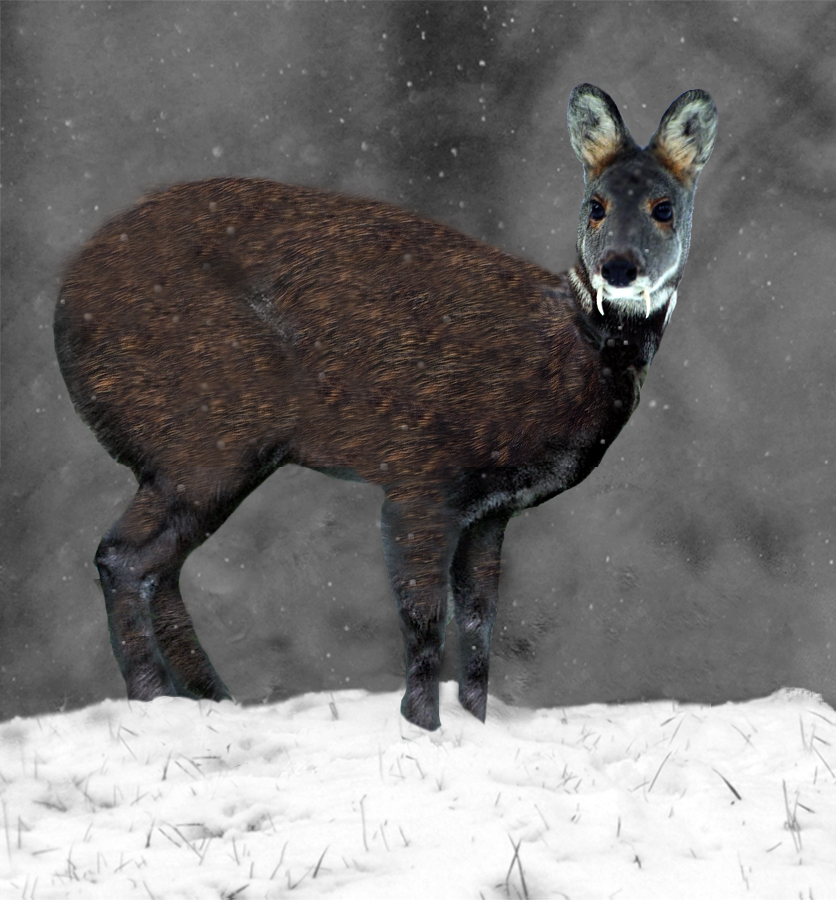
The flagship species of the East Siberian Taiga ecoregion is the Siberian musk deer. Image credit: Creative Commons
This truly vast area is bordered by the Yenisei River to the west and the Verkhoyansk, Kolyma and Dzhugdzhur Mountain ranges to the east. To the north, the Putorana and Anabar Plateaus mark the beginning of the Taimyr-Central Siberian tundra ecoregion. To the south, this ecoregion reaches a latitude of 52°N. Most of the Trans-Baikal Bald Mountain Tundra ecoregion is scattered within the southern limits. The climate is subarctic and strongly continental—from September until April the Siberian anticyclone causes bitterly cold, dry conditions.
In the southwest, average monthly temperatures are -20.7–17.1°C. The average annual temperature is -1.7°C and annual precipitation is around 356 mm. In the northeast of the ecoregion, the average annual temperature has dropped to -11.2°C, average monthly temperatures are -37.2–15.9°C, and mean annual precipitation 288 mm.
Most of the ecoregion lies in the zone of permanent permafrost. Here, one of the largest forests in the world is dominated by deciduous conifers: Siberian larch in the west and south, Dahurian larch to the north and east, and hybrids of the two where their ranges meet. The underlayer is sparse, with marsh Labrador tea, bilberry, cranberry, mosses, lichens and fungi, all adapted to the conditions. In the south and west, mixed forests appear—Siberian larch, dark conifers (Siberian spruce, Siberian pine, Siberian fir, and scots pine), and broadleaf trees (silver birch, downy birch, and aspen).
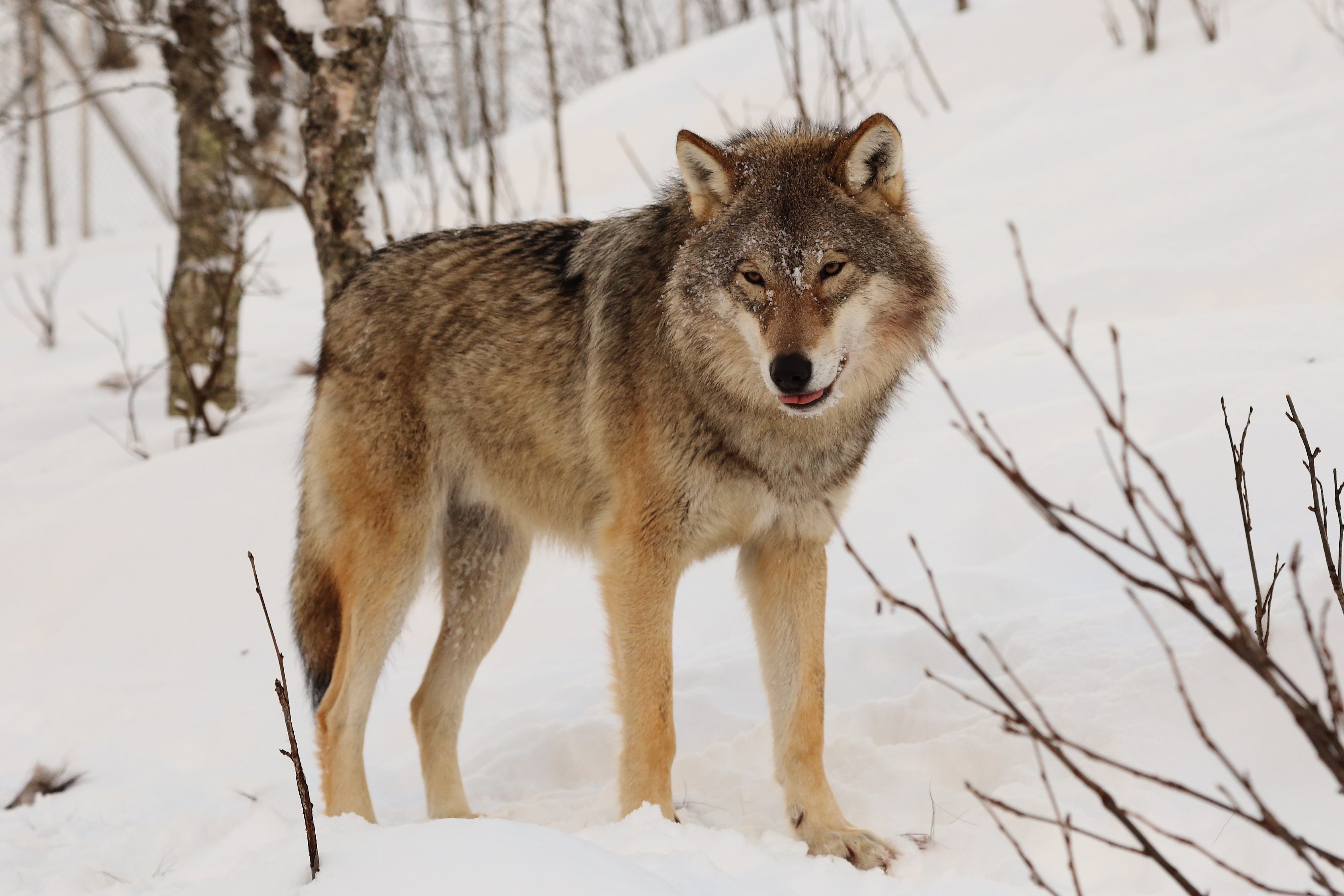
Eurasian wolf. Image credit: Creative Commons
The forest floor is a rich mixture of sedges, lingonberry bushes and rhododendron. Across the ecoregion there are about 2,300 species of vascular plant. There are many endemic species, such as Adenophora jacutica, Polygonum amgense, Megadenia bardunovii, Viola alexandroviana, Potentilla jacutica, Artemisia czekanowskiana, and Redowskia sophiifolia but information about their status and distribution is sparse.
This wilderness is home to globally important populations of brown bear, grey wolf, Siberian musk deer, moose, reindeer, wolverine, Pallas’s cat, and sable. Baikal is the oldest and deepest of the world's lakes, and endemic Baikal seal have their pups on the ice of the lake. The northwestern shore is home to endemic Olkhon mountain vole. Endangered species reliant on the ecoregion include Pallas’s fish eagle, critically endangered Baer’s pochard, Blakistan’s eagle owl, and the far eastern curlew. Black-billed capercaillie, Siberian nuthatch, and Arctic loons are also specialists of the habitats here.
The ecoregion is relatively intact although less than 8% of the area is protected. There are two World Heritage sites, Lake Baikal and Lena Pillars National Park with its introduced population of wood bison. The Angara, Zeya and Vilyuy Rivers are all dammed for hydroelectric power, forming huge reservoirs upstream. Power from the Vilyuy Dam is used at the Mir diamond mine. The Sakha region has suffered from radioactive contamination as a result of accidental aboveground fallout from underground nuclear explosions, as well as heavy metal and mineralized brine water contamination from diamond mining activities.
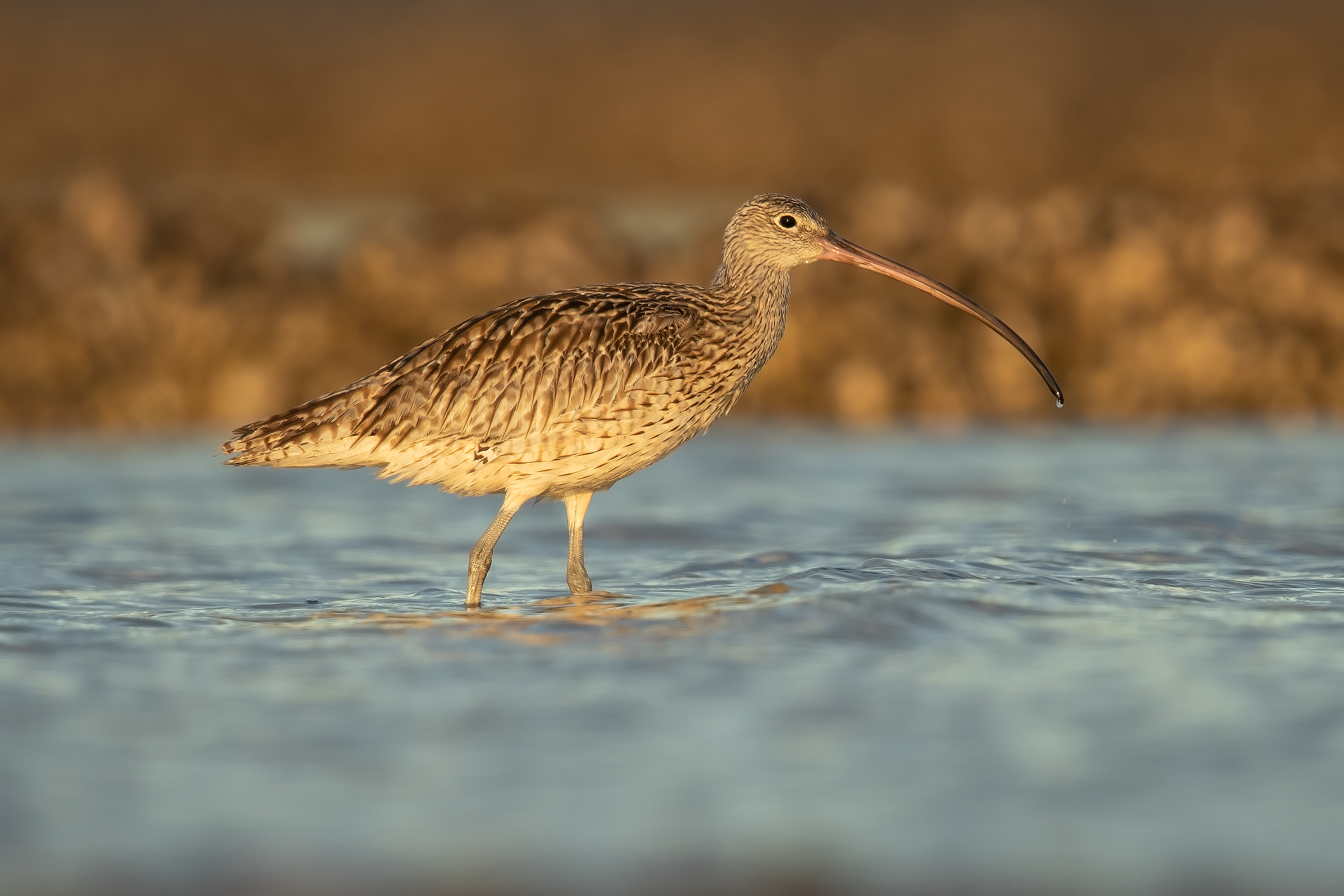
Far eastern curlew. Image credit: JJ Harrison, Creative Commons
Climate change is predicted to have a profound impact on the ecoregion, in terms of shifting species ranges, increased risk of catastrophic wildfires, and forest response to drought and higher winds. Mir diamond mine closed in 2001 but has since been recommissioned as an underground mine with its attendant pollution issues. Exploitation of gas and coal fields in southern Sakha could be extremely detrimental. The Angara region west of Lake Baikal is undergoing intensive logging operations, a proportion of which is illegal.
The priority conservation actions for the next decade will be to: 1) increase the connectivity between protected areas with an emphasis on climate change adaptation; 2) monitor and minimize pollution at mining sites; and 3) prevent and stop illegal logging.
Citations
- Joint Research Centre of the European Commission. 2019. The Digital Observatory for Protected Areas (DOPA) Explorer 4: East Siberian Taiga. [Online]. [Accessed 15th November 2019]. Available from: https://dopa-explorer.jrc.ec.europa.eu/ecoregion/80601
- WWF. 2018. East Siberian taiga. [Online]. [Accessed 14th November 2019]. Available from: https://www.worldwildlife.org/ecoregions/pa0601
- Kharuk, V.I., Dvinskaya, M.L, Ranson, K.J. and Im, S.T. 2005. Expansion of Evergreen Conifers to the Larch-Dominated Zone and Climatic Trends. Russian Journal of Ecology. 36, pp.164-170. https://doi.org/10.1007/s11184-005-0055-5
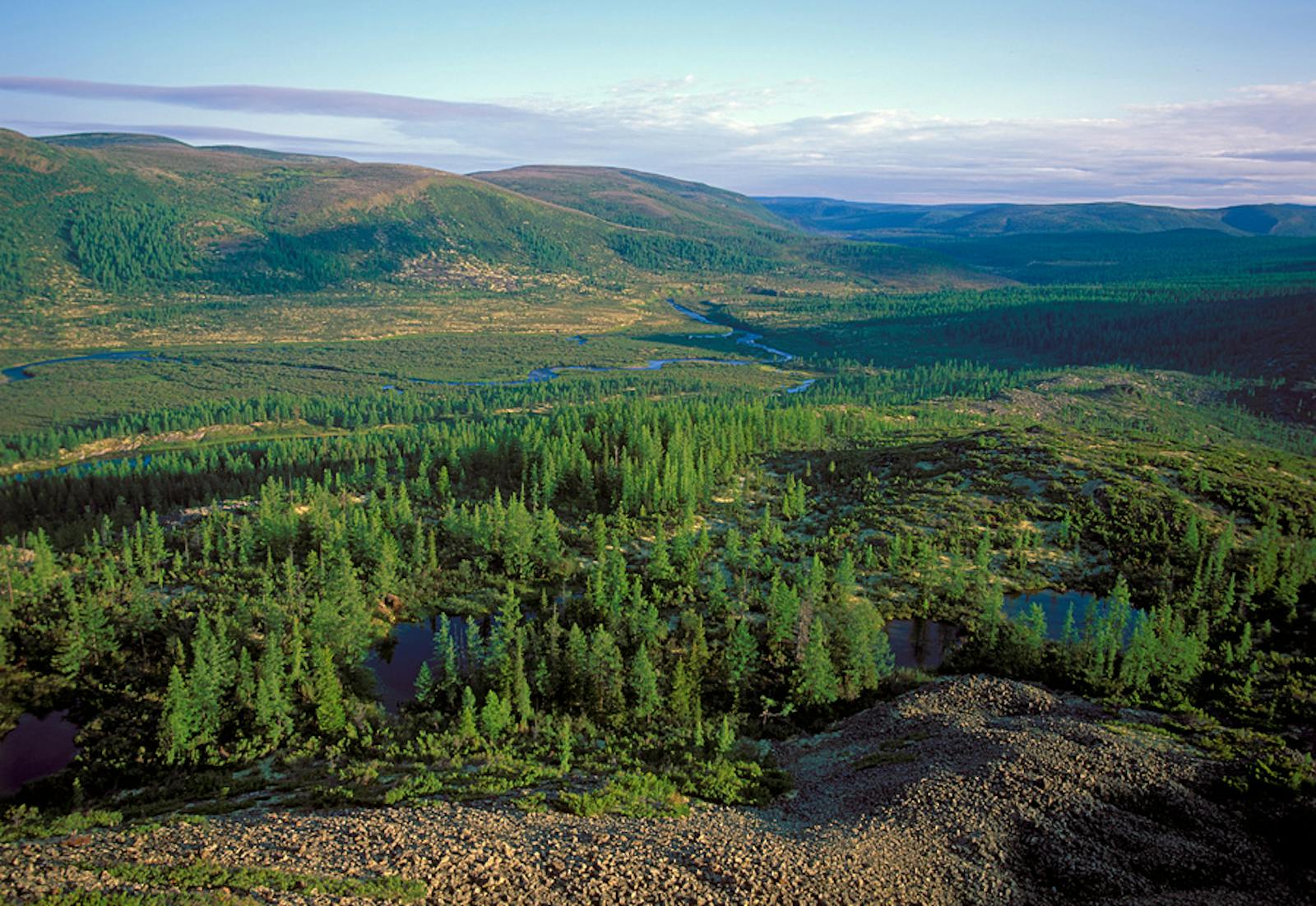
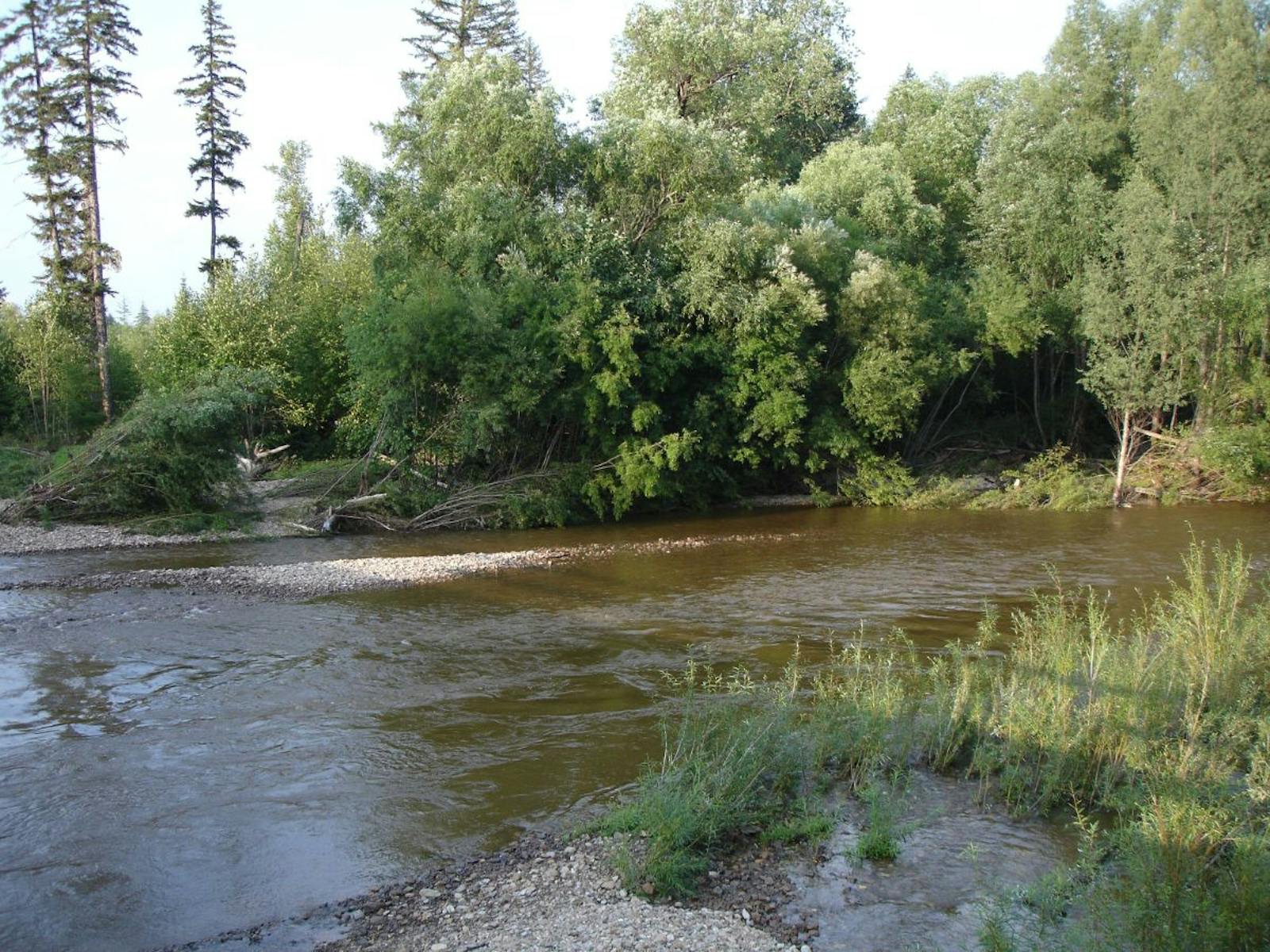
.png?auto=compress%2Cformat&w=300)

